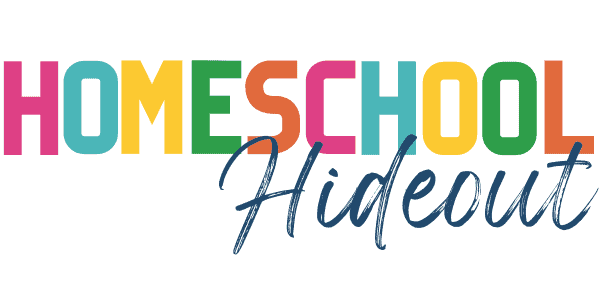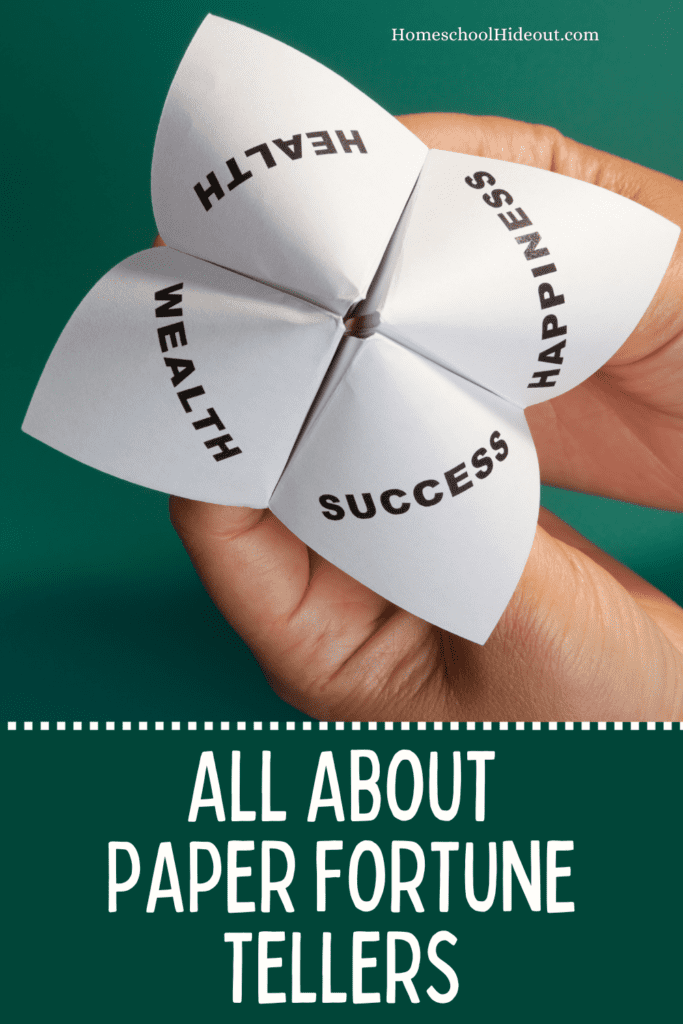Learn all about origami paper fortune tellers!
In children’s fortune-telling games, an origami fortune teller is surely one of the things they will use. The fortune teller controller responds to a player’s question by employing an algorithm to change the movement of the fortune teller. You can write questions, answers, colors, or numbers on the fortune teller.
How Does Fortune Teller Origami Work?
The method used by a fortune teller is to ask the individual whose fortune is being read to select a color from the ones designated on the outer folds. The fortune teller’s controller then uses a squeeze and pull motion to move the sides in and out four times to spell out that color, “B-L-U-E.” It also works depending on what you write in the boxes. Explore to learn how to make a paper fortune teller and share it with your family and friends.
What are the Other Names for the Paper Fortune teller?
A fortune teller is a type of origami that is used in kids’ games. It is also known as a cootie catcher, salt cellar, chatterbox, and whirlybird.
From What Country did the Paper Fortune Teller Originate?
You might not know that in the 1928 American origami book Fun with Paper Folding, Murray and Rigney initially introduced it as “Salt Cellars.” Its original purpose of it was to hold little food particles.
What do you Need to Make a Paper Fortune Teller?
There are only two materials needed to make a fortune teller, and these are the following:
- A square sheet of paper
- marker
Steps in Making a Straight-Forward Paper Fortune Teller
- A square of paper should be scored diagonally from each corner. To reach the bottom left corner, fold the top right corner over. With your finger, crease the fold, and then unfurl it to make your sheet flat once more. Next, fold the bottom right corner over to the top left corner.
- The paper is folded in half on each side. Fold the paper by bringing the top edge toward the bottom edge. The paper should now be flat once more after being rotated 90 degrees. The paper’s new top edge should be folded toward the bottom to create a crease before being flattened once more. Four lines will connect in the middle of your paper.
- Bring the paper’s corners to their center. Start by bending one of the bottom corners toward the point where the paper’s central creases connect. Press your fingertip down firmly to hold the fold in position.
- Fold the opposite bottom corner of your paper toward the center after turning it 90 degrees. Continually turn and fold the paper until you have created a smaller square with four triangles. Fold each corner to the center one more time after turning the paper over.
- Place the numbers on the triangles in ascending order. Start with the No. 1 in the top left triangle of the smaller fortune teller. Up until number eight, write the numbers in an ascending sequence clockwise around the triangles. Then choose four colors to write with on the fortune teller’s front side.
- Under the flaps, they write the fortunes. Open the triangles with the numbers 1 and 2 on them, and then jot a brief fortune beneath each. To fit in the space, write in a small font. For a total of eight possible fortunes, repeat the steps under the flap for each number. Once you’ve written all the fortunes, close the flaps. You can write whatever fortune you want.
- The fortune teller is operated by sliding your fingertips underneath the squares. Ask a friend to pick a color and spell it out for you. Then choose a number and subtract it. Move your fingers in time to the letters and numbers as they are spoken out.
- Finally, ask them to choose a different number to receive their fate. Lift the flap to reveal the chosen number. Out loud, read your friend’s future.
Reading someone’s fortune through paper fortune tellers is entertaining to play with. It might be just a game, but who knows? Maybe in the future, it will happen. Try this fun activity with your friends or classmates!







